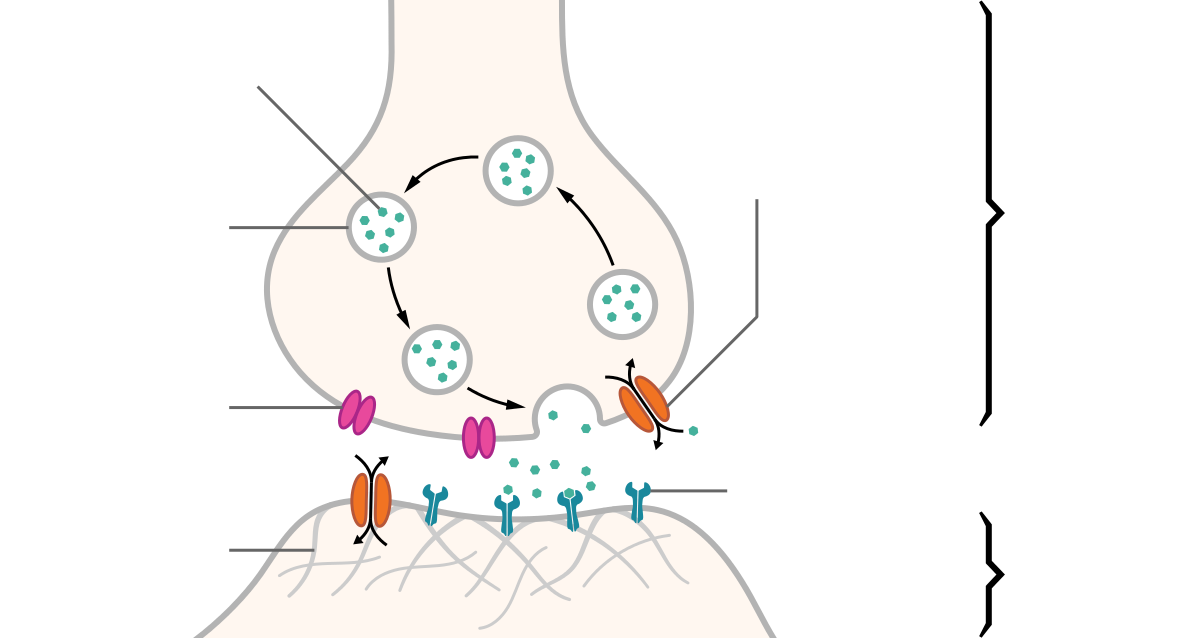Calling the retina an “overlooked part of the central nervous system,” noted optometrist Deborah Zelinsky OD told global participants in the World Pharma 2023 Conference that stimulation of the retina using light can affect the body’s major internal regulatory processes, including the skeletal, autonomic, endocrine, and limbic systems.
“Many neurotransmitters, like dopamine, acetylcholine, serotonin, and glutamate, are found in the retina. Any imbalances in these elements can lead to a variety of symptoms, including sleeping problems, and learning, concentration, and memory difficulties, and/or biochemical disorders, such as depression, anxiety, mood dysregulation, and schizophrenia,” Dr. Zelinsky said in her keynote presentation.
As founder and executive research director of the Northbrook, Illinois-based Mind-Eye Institute, Dr. Zelinsky has become world-renowned for her clinical work and studies of the retina’s impact on neuromodulation. Neuromodulation involves the modulation of nerve activity in the body. Through advanced optometry, the Mind-Eye Institute has brought symptom relief to thousands of patients struggling with neurological disorders, the aftereffects of brain injury and stroke, and learning problems associated with underdeveloped visual processing skills.
The eye’s retinal circuitry comprises both image-forming circuitry – allowing a person to ‘see’ – and non-image-forming circuitry, which has nothing to do with eyesight but instead generates signals that communicate with critical brain structures below the level of consciousness, Dr. Zelinsky explained during her presentation. These structures govern a person’s basic physical, physiological, and psychological reactions and responses.
In a 2022 issue of the journal Frontiers, authors call the eye a “uniquely accessible window that allows direct visualization of neuro-vasculature using non-invasive imaging modalities… Many neurodegenerative conditions that involve the brain and spinal cord have ocular manifestations.” Investigators, writing in a 2022 issue of Cell Reports, indicate, “Animals perceive their visual environment, consciously and non-consciously, when the retina conveys light information to [both] image-forming and non-imaging-forming brain regions.” Various retinal cell types “contribute to non-imaging-forming behaviors,” they state. Those behaviors include “circadian photoentrainment,” namely synchronization of body rhythms.
Dr. Zelinsky concurs with these various findings. “Changes in the retina reflect changes in brain function. We know that, through the eye, we can evaluate the body’s microvascular and neurosensory systems, finding evidence of hypertension, diabetes, colon cancer, and even presence of neurodegenerative disorders like Alzheimer’s and Parkinson’s disease.”
The purpose of the World Pharma Conference, officially titled the 2nd Global Virtual Summit on Pharmaceutical and Novel Drug Delivery Systems and held live in mid-March via a Zoom platform, was to bring together scientists and health professionals to learn more about innovations in pharmacy.
Typically, eyeglasses and optometry are not thought of as linked to pharmacy and drug delivery systems, but Dr. Zelinsky changed that paradigm, showing how brain chemistry could be altered from external sources, such as shifting lighting on the retina.
As part of her discussion, Dr. Zelinsky shared recent studies that have furthered understanding of the critical role of the retina in brain function and overall human health. Among the latest published research initiatives cited were investigations of the eye’s function in clearing out metabolic waste in the brain and the significance of defects in the retina’s mitochondria in the development of retinal disease. The mitochondria are abundantly found in the eye’s rod and cones and are the primary energy source for cells. The new name for the study of ocular biomarkers to indicate disease is termed “oculomics.”
“At the Mind-Eye Institute, our team has achieved clinical successes by using lenses and other advanced optometric tools to modify the intensity, angle, or amount of light passing through the retina. Eyeglasses, indeed, influence internal physiological and biochemical processes – not simply external eyesight,” she stated.
Dr. Zelinsky concluded her World Pharma presentation by offering conference participants these key takeaways:
- When normal brain function is disrupted due to injury or disease, retinal activity is also likely affected.
- Retinal stimulation through advanced optometry is a promising method to modulate brain function at the cellular level.
- Research continues to show that retinal stimulation represents a powerful approach to early diagnosis of human disease.
“The eye is linked to numerous neural processes and systems in the body. There is a mind-eye connection,” she stated. “That is why the Mind-Eye Institute will continue to connect optometry to neuroscience.”

